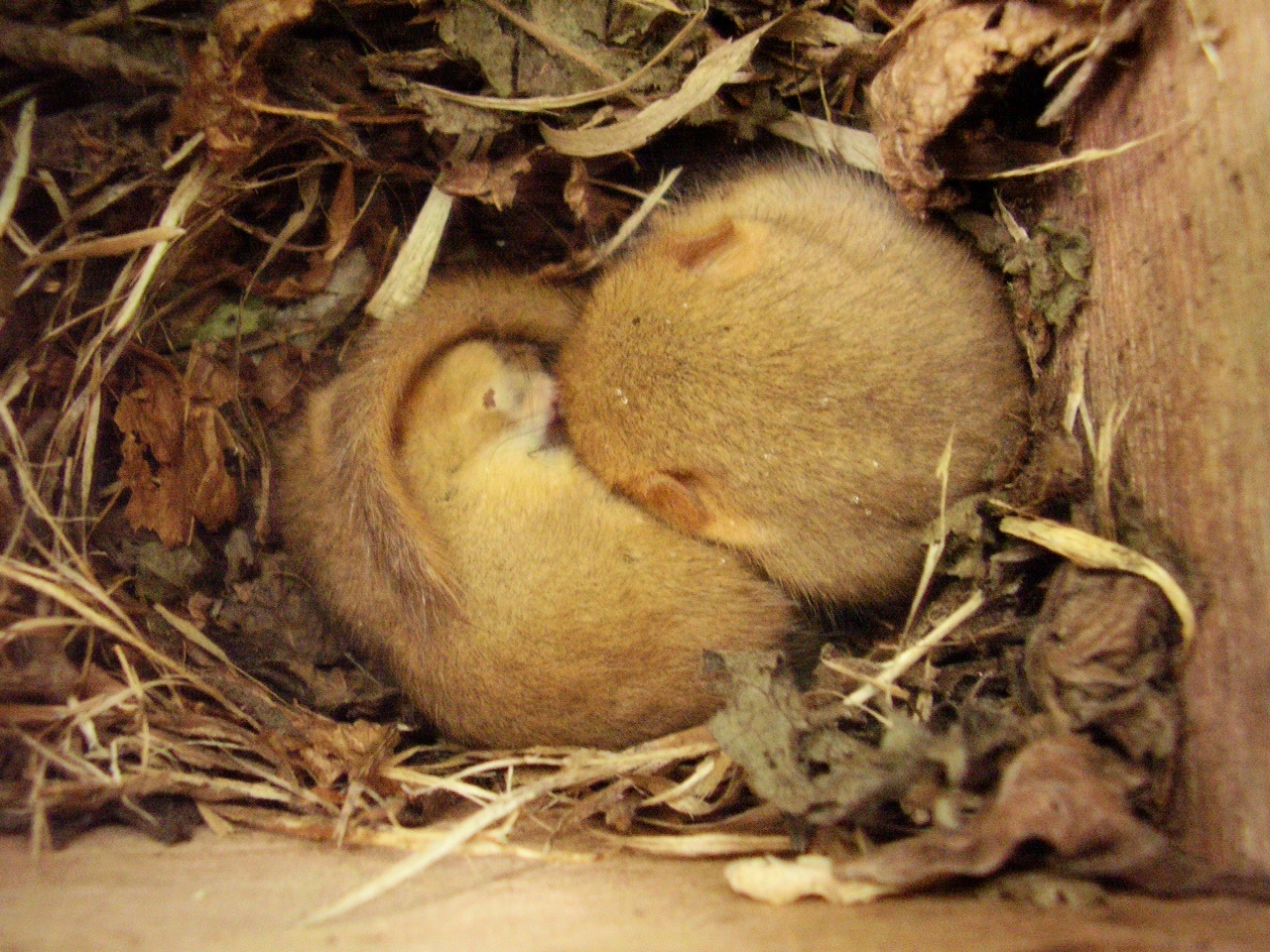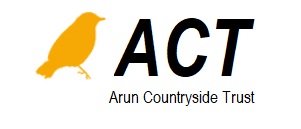Perfect October and November days with golden wintry sunshine falling upon trees and shrubs of rich coppers, russets and golds can make even the most urbane of town and city-dwellers stop and stare!
For residents in and around Arundel, such sights are on their doorstep in Binsted Woods. Many trees and shrubs in the woodland and the adjacent hedgerows are heavily laden with berries and nuts providing an autumn bounty for all. Such easy pickings are absolutely necessary for those who, rather sensibly, are preparing to sleep through the winter – and there is no better example of such a creature than the dormouse. For dormice really do avoid inclement weather spending up to seven months of the year in a state of extreme torpor – typically from October to April, although the unseasonably warm weather may have delayed that this year. It is this habit that earned them their common name from the French ‘dormir’ to sleep.
There is much to pack into the remaining five months of the year, and so breeding is under way promptly with two to seven young produced in May. They enter the world in a rather unruly round nest of grass weaved together with strips of honeysuckle bark for strengthening and structure; often hidden in bramble scrub. The young weigh just 3 or 4 grams and are naked and blind; yet in just over a month they are ready to leave and build their own nests nearby. A second litter is often produced if the going is good.
Nests for hibernation require protection from the harsh winter weather such as warm dry holes in the ground or trees, or in special dormice boxes erected in suitable habitat by concerned parties due to declining numbers. Such habitat consists of deciduous and coppice woodland supporting a tangle of woody undergrowth with brambles and honeysuckle - and our woodlands provide plenty of this – yet we never see these elusive creatures! This is unfortunate for they are endearingly attractive with golden fur, huge round eyes and a rather agreeably bushy tail! The simple reason for this is that they are both nocturnal (hence the large eyes) and arboreal spending much time foraging amongst the tree tops.
The forage varies throughout the year, for in spring the blossoming world provides sweet flowers and pollen; in summer insects will do nicely, and as autumn draws to a close it’s nutritious nuts to fatten up in readiness for a long sleep. And as the days take on a winter chill and the nights draw in - we might just want to join them!
Jackie Thompson

